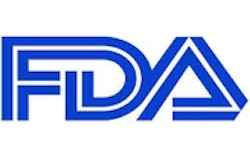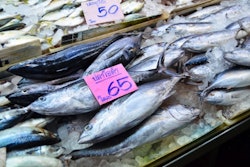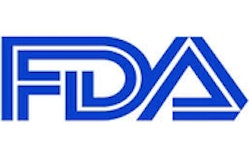On July 1, 2014, amendments to Canada’s Health of Animals regulations will come into force, extending livestock traceability requirements to domestic pigs farmed for food production, according to Norton Rose Fulbright Canada LLP, a Canada-based law firm. The regulations will allow for a formal agreement with a third party administrator to create and maintain a database containing up-to-date information on the identification, movement and location of all pigs in Canada.
One year later, the amendments will be extended (on July 1, 2015) to apply to farmed wild boars.
The traceability system is designed to improve food safety by reducing the risk of a disease outbreak, and to minimize the economic consequences of an outbreak of animal diseases through immediate access to information on pig identification, movement and location. The traceability system will require reporting on the movement of pigs between sites; this information should enable the Canadian Food Inspection Agency to react quickly in the event of an animal disease outbreak.
The new program will specify how and when pigs must be identified as well as how pig location and the movement of pigs must be reported. The administrator will issue identification numbers and manage the database.
To minimize the impact on small producers, there will be some circumstances in which pigs may be moved without requiring individual identification. Pigs being transported directly for slaughter, however, will need to be identified with an approved tag or slap tattoo indicating a site number (instead of a number unique for the particular pig).
The new regulations address the import as well as the export of pigs. Importers will be subject to reporting requirements and imported pigs will require an approved tag (or an acceptable equivalent tag from a foreign country) to be applied either before importation or as soon as the pig reaches its final destination. Exporters will also have reporting requirements and pigs will have to be identified in the manner required by the importing country.
Livestock traceability systems have been a focus for the federal Ministry of Agriculture and Canada’s provincial and territorial ministries since 2009; national traceability systems are already in place for cattle, bison and sheep. Although a voluntary pig traceability system has been in place for nearly five years (through the Canadian Pork Council), regulators concluded that – based on experiences in the U.K., the Netherlands and France with swine fever and foot-and-mouth outbreaks – the voluntary system was inadequate to protect Canada’s swine population and was not comprehensive, raising the risk of an untraceable animal disease outbreak. The Canadian Pork Council has expressed support for the new regulations.
Although some provinces already have provincial pig traceability systems in place, the new national system is intended to harmonize and consolidate this data across Canadian jurisdictions.

















